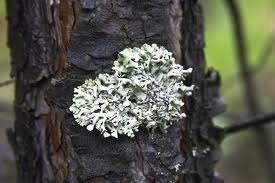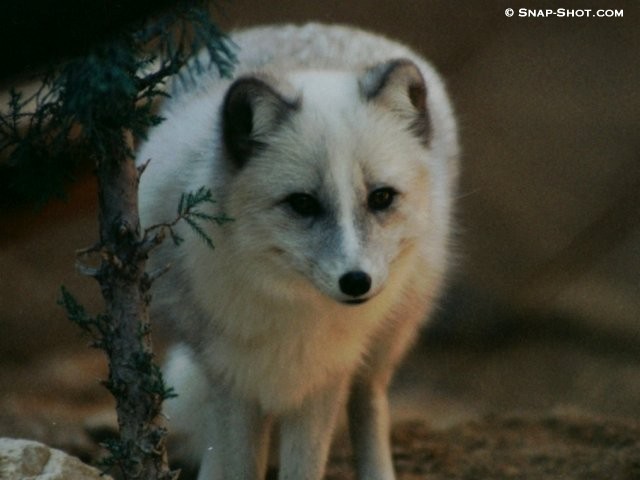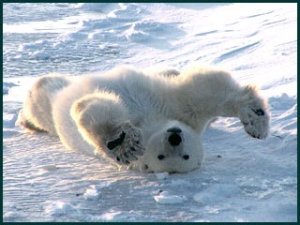Mutualistic relationship Algae and Fungi: The algae provides food through photosynthesis, while the lichen provides the structure. (Lichens are catorgized as fungi.)  Commensalistic Relationship Caribou and Arctic Fox: The caribou digs up the ground trying to find food (lichens.) The fox will trail behind the caribou trying to catch food that live below the snow. Those organisms will come to the surface because of the caribou digging allowing the foxes to catch them easily. The fox benefits from the caribou, while the caribou is left uneffected.  Parasitic Relationship Tape Worm and Caribou, Polar Bears, and Wolves: The tape worm gets inside the caribou, and damages/feeds off the liver. When the caribou is killed by a polar bear or wolf, that wolf/polar bear ingests the tape worm. The tape worm does not the kill the animal, it just simply harms/eats their liver.  |
Similarities: All three have to do with biology. They explain the living together of two dissimilar organisms. Differences: The three are different is how they affect the different organisms. In mutualism, both organisms benefit. In commensalism, there is no harm of benefit. Finally in parasitism, one organism benefits while the other is harmed. |